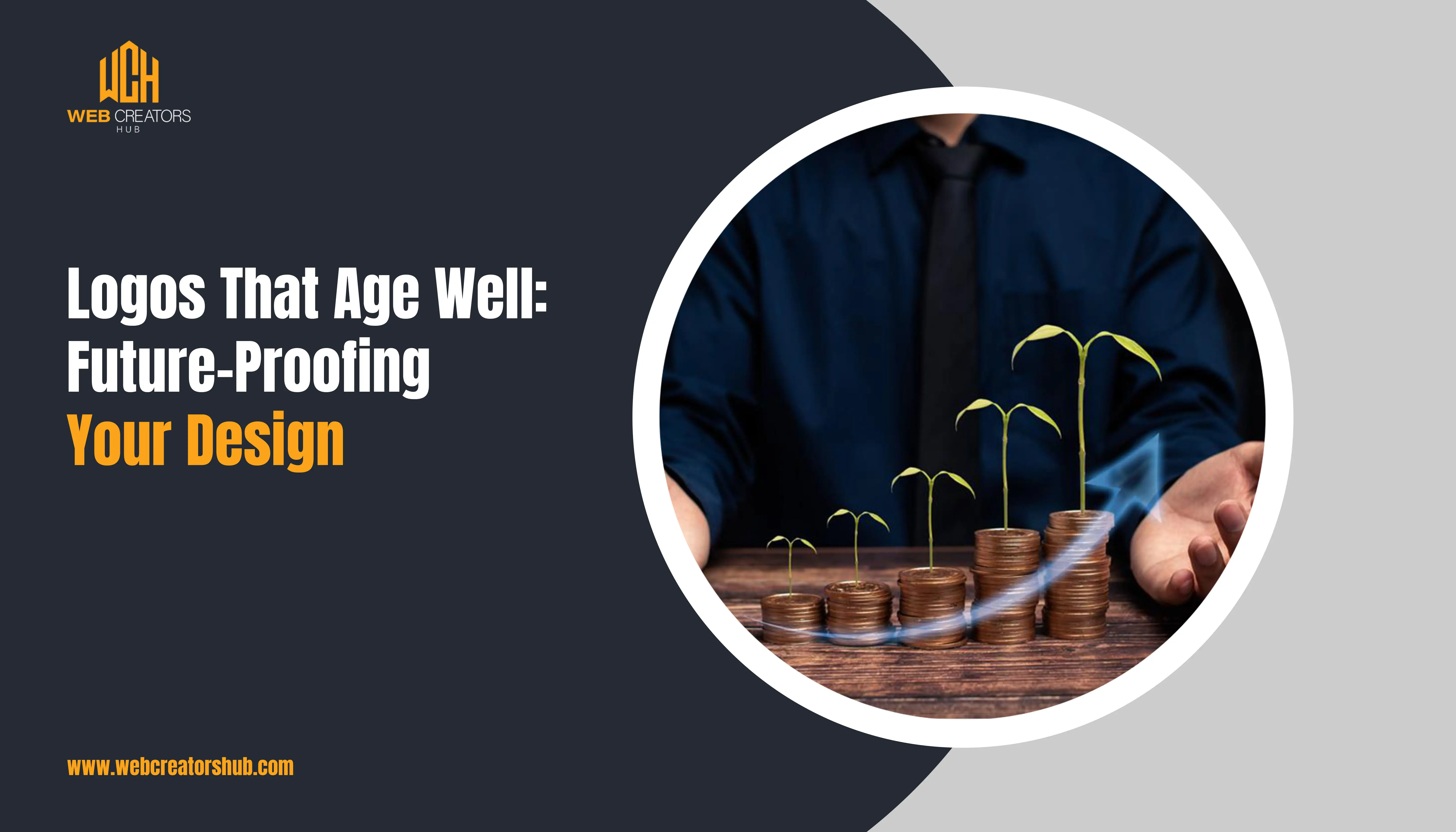
The first impression customers get and the lasting symbol they associate with your business. While many logos look great when they launch, not all of them age gracefully. Think of Coca-Cola’s flowing script or Apple’s minimalist shape; these aren’t just logos, they’re cultural icons that have remained relevant for decades. So, what makes a logo timeless? The answer lies in future-proofing your design with foresight, adaptability, and an understanding of logo evolution.
Complex or over-fancy designs can appear new at the time, but soon become outdated due to the changing designs. All one has to do is look at the flashy gradients and heavy shadows of the early 2000s. Previously, they had monopolized the branding business, but now they no longer seem to be relevant when weighed against the clean and flat designs of the day.
The most powerful logos focus on long-term design, such as clarity, memorability, and flexibility. These qualities guarantee that a logo can evolve with the new media, changing cultures, and even decades of evolving without losing its identity.
The methods of developing a future-proof logo are simplicity. The simplicity of shapes and typography makes it easier to identify, scale, and replicate in other platforms, be it a business card or a billboard, or even a mobile application. Complex designs usually lose their effectiveness when scaled or used on new technologies.
Nike, Google, and McDonald's are some of the most recognisable brands in the world that are built on simple and reconfigurable logos. The reason is that their designs have not been totally changed to preserve brand recognition, but have undergone minor changes, which keep the graphics fresh.
A logo must convey the major values of the brand, but should be adaptable to other markets and audiences.
Logo evolution is a natural part of every brand’s story. Do Pepsi and Coca-Cola: both began with fancy scripts, but Coca-Cola has remained unchanged with only minor modifications, whereas Pepsi has changed its logo several times. Both strategies have succeeded since the transformations were strategic and deliberate, as well as consistent with the identity of each brand.
A future-proof logo needs to be versatile enough to fit various contexts. Think about how your design looks in black and white, as a small app icon, on social media, or in emerging spaces like augmented reality. Versatile designs are scalable, adaptable, and functional, regardless of the medium.
Using timeless fonts, geometric shapes, and balanced layouts can help ensure a logo doesn’t feel stuck in one design era. This versatility allows a logo to transition smoothly into the future without needing major redesigns every few years.
The most enduring logos don’t just look good, they tell a story. When a logo reflects the deeper mission or values of a brand, it builds an emotional connection with audiences that goes beyond design trends.
For example, Amazon’s logo isn’t just a wordmark. The arrow that runs from A to Z tells a subtle story: the company delivers everything from start to finish. That layer of meaning makes the logo memorable and relevant, no matter how design preferences shift.
Developing a logo that can sustain over time does not appear trendy. It must be visionary, plain, adaptable, and a narrative that appeals to the human being. Through the strategic approach to logo evolution, the brands are able to come up with logos that are not outdated or inappropriate, yet do not lose their identity.
Web Creators Hub deals with the development of logos that are not just all about the looks. We want to create what will make you exactly your brand in the present, and be powerful enough to evolve along with you in the future.